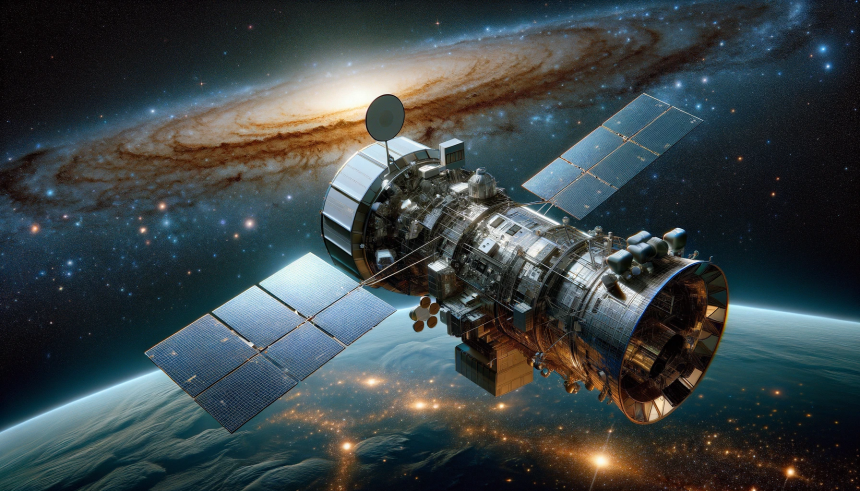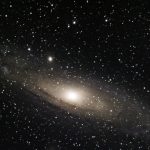NASA astronauts on the International Space Station are set to undertake a series of three spacewalks in June. These missions aim to perform critical maintenance tasks and gather scientific data to enhance the station’s operations. NASA will provide live coverage of the briefings and spacewalks on multiple platforms, ensuring widespread access to these significant activities.
The International Space Station (ISS) is a space station that serves as a microgravity and space environment research laboratory. The ISS was launched in 1998 and is a collaborative project involving five participating space agencies: NASA, Roscosmos, JAXA, ESA, and CSA. It orbits the Earth at an average altitude of approximately 420 kilometers (261 miles) and completes roughly 15.5 orbits per day. The ISS facilitates scientific research across a variety of disciplines, including biology, physics, astronomy, and meteorology.
NASA has a history of detailed planning and extensive preparation for spacewalks on the ISS. Previous missions have included repairs, replacements, and installations of essential components to ensure the station’s optimal performance. The new series of spacewalks scheduled for June will follow similar protocols, with astronauts performing a range of tasks to maintain and upgrade the station.
Earlier spacewalks have demonstrated the resilience and adaptability of astronauts working in the challenging environment of space. Historical spacewalks have not only contributed to the ISS’s operational integrity but have also advanced scientific knowledge through experiments conducted outside the station. The upcoming missions will continue this tradition, focusing on both maintenance and scientific research.
First Spacewalk Tasks
During the first spacewalk, astronauts Tracy C. Dyson and Matt Dominick will exit the ISS to replace a faulty electronics component on a communications antenna. They will also collect microorganism samples to study their survival in space. These tasks are crucial for maintaining the station’s communication systems and contributing to scientific understanding of microbial life in space.
Subsequent Spacewalks
The second spacewalk will involve the removal and replacement of an external high-definition camera, as well as a cable connection check for the alpha magnetic spectrometer. This work ensures the continued functionality of the station’s external observation capabilities and supports ongoing particle physics experiments.
In the third and final spacewalk, crew members will replace a rate gyro assembly and attach a support bracket for future solar array installations. These actions will help maintain the station’s orientation data systems and prepare for future upgrades to its power generation capabilities.
Key Inferences
- Each spacewalk includes specific, targeted tasks crucial to ISS operations.
- Continuous maintenance and upgrades are essential for the longevity of the ISS.
- Scientific research conducted during spacewalks expands our understanding of space environments.
The upcoming series of spacewalks by NASA astronauts exemplifies the ongoing work required to maintain and enhance the International Space Station. The tasks outlined for each mission focus on both operational maintenance and scientific research, emphasizing the dual role of the ISS as a hub for technological upkeep and a laboratory for scientific discovery. These meticulous preparations and tasks underscore the importance of spacewalks in ensuring the continued success of the ISS. Additionally, public access to live coverage fosters a broader understanding and appreciation of the complexities involved in maintaining a space station.










